Staying Fit

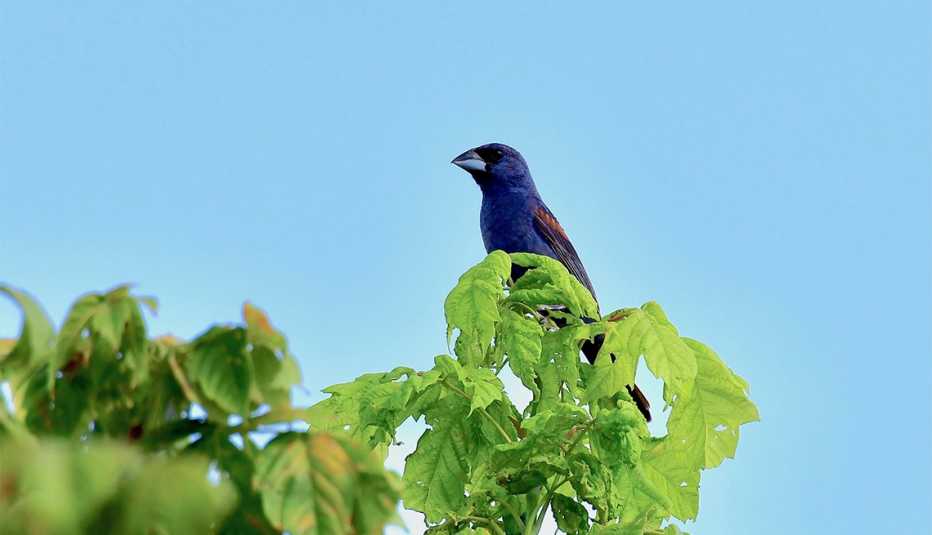
From urban parks and lakeside boardwalks, to the gardens and grounds of a city cemetery, these are ideal spots to see a range of species on their spring and fall migrations.


AARP Membership— $12 for your first year when you sign up for Automatic Renewal
Get instant access to members-only products and hundreds of discounts, a free second membership, and a subscription to AARP the Magazine.


1. Audubon Center at Debs Park, Los Angeles, California
This surprising birding mecca just five miles from downtown Los Angeles has 280 beautiful acres to explore, mountain and city views, and, come spring and fall, migratory birds galore.
"You can expect to see a ton of migrants here,” says Marcos Trinidad, director of the Audubon Center at Debs Park. While hiking the park's main trail through landscapes of primarily native plants you might spot migratory species such as black-headed grosbeaks, hooded orioles and lazuli buntings (known for their piercingly blue-hued heads). A good spot for sightings: the pine and silk oak trees around the park's Peanut Lake. “You can see them with your [naked] eyes, but to really appreciate the beauty and colors, it's best to use binoculars,” says Trinidad.
Throughout the year, keep an eye out for California birds along the trails, including California thrashers, California scrub jays and California towhees. In winter, western tanagers can often be seen in the park's flowering eucalyptus trees.

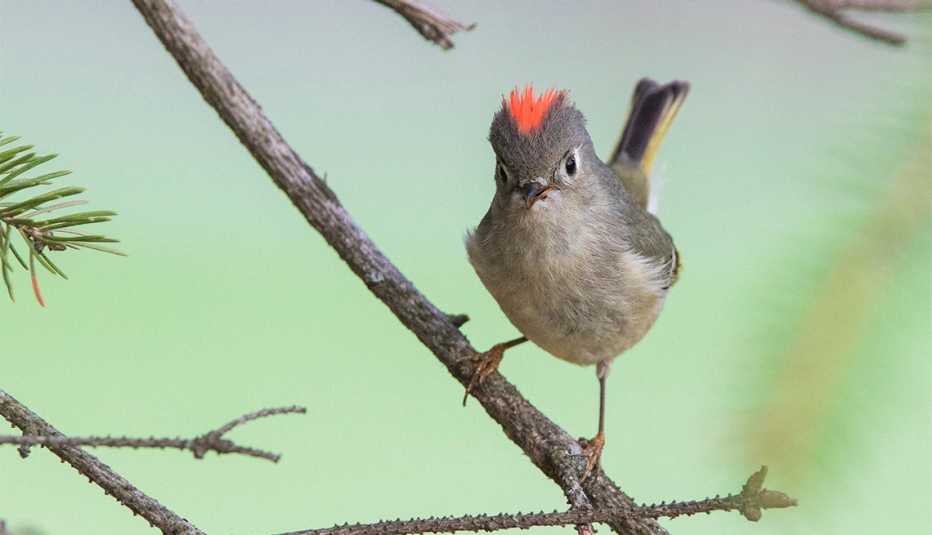
2. Mount Auburn Cemetery, Cambridge, Massachusetts
It may surprise some to learn that this cemetery is “the number one hot spot for spring migrants in the Greater Boston area,” according to Ray Brown, host of the popular birding podcast Talkin’ Birds.
In spring, when the foliage is just starting to fill in, birders come from near and far to Mount Auburn's paved pathways to view the “many species of warblers and other neotropical migrants that either stop there on their way farther north or stay there for nesting,” says Brown. You might spot blue-headed vireos, ruby-crowned kinglets and yellow-rumped warblers, for instance. There's an information area at the cemetery's entrance where you can check the chalkboard for recent sightings and add your own, too.
Among the many species you can see year-round here (and often more easily during the winter months, after the leaves have fallen) are red-tailed hawks, American goldfinches and the tufted titmouse.

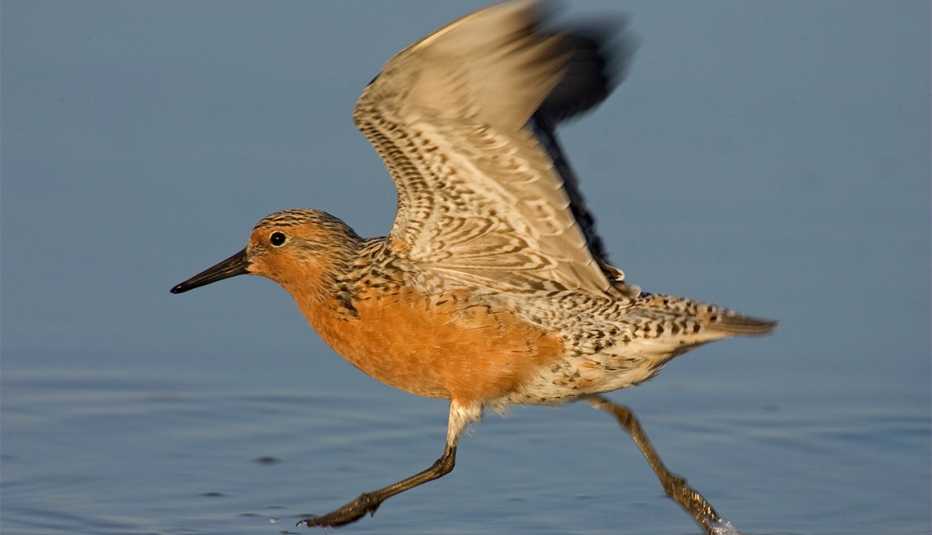
3. Cape May, New Jersey
With the Atlantic Ocean to the east and Delaware Bay to the west, the Cape May peninsula is a natural resting spot for birds in need of a break during their long spring migrations. These include the red knot, a shorebird with a terracotta-colored belly that winters as far south as Tierra del Fuego, at the tip of South America.
But what really creates the shorebird spectacle at this epic New Jersey birding locale each May is the annual horseshoe crab spawning event, when these ancient arthropods carpet the beaches with their protein-rich eggs. Red knots, ruddy turnstones, sanderlings, sandpipers and other shorebirds gorge on the eggs to fuel their continued migration to their northern breeding grounds.





























































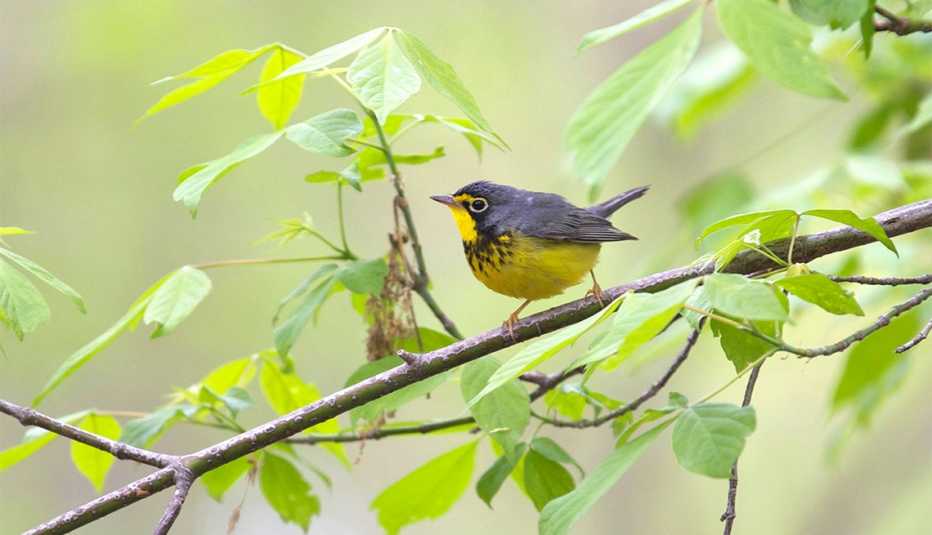
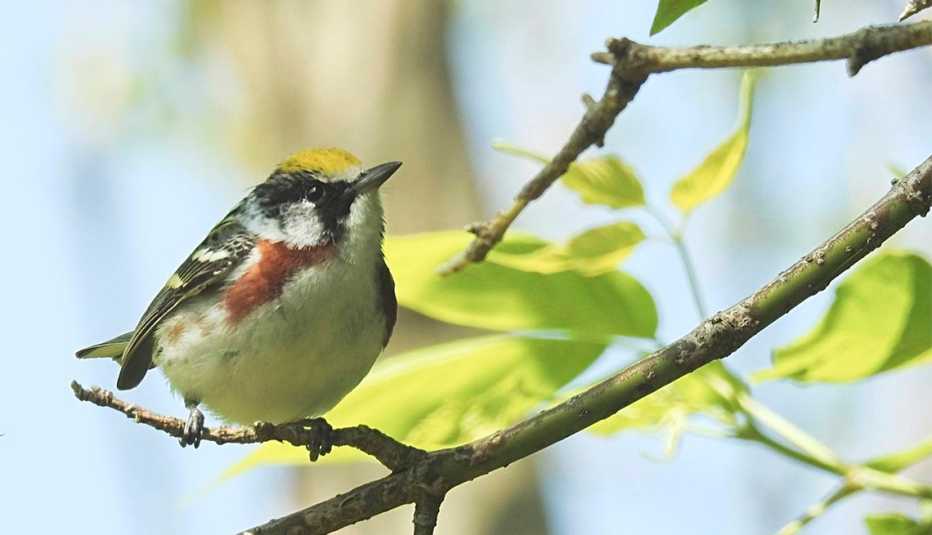






More on Travel
The Pandemic Has Made Birding Cool
How and where to enjoy this lofty, affordable and suddenly booming pastime
Birds That Humans Love the Most, Scientists Say
Cranes, ravens, owls classified as ‘celebrities’ in study
Recommended for You